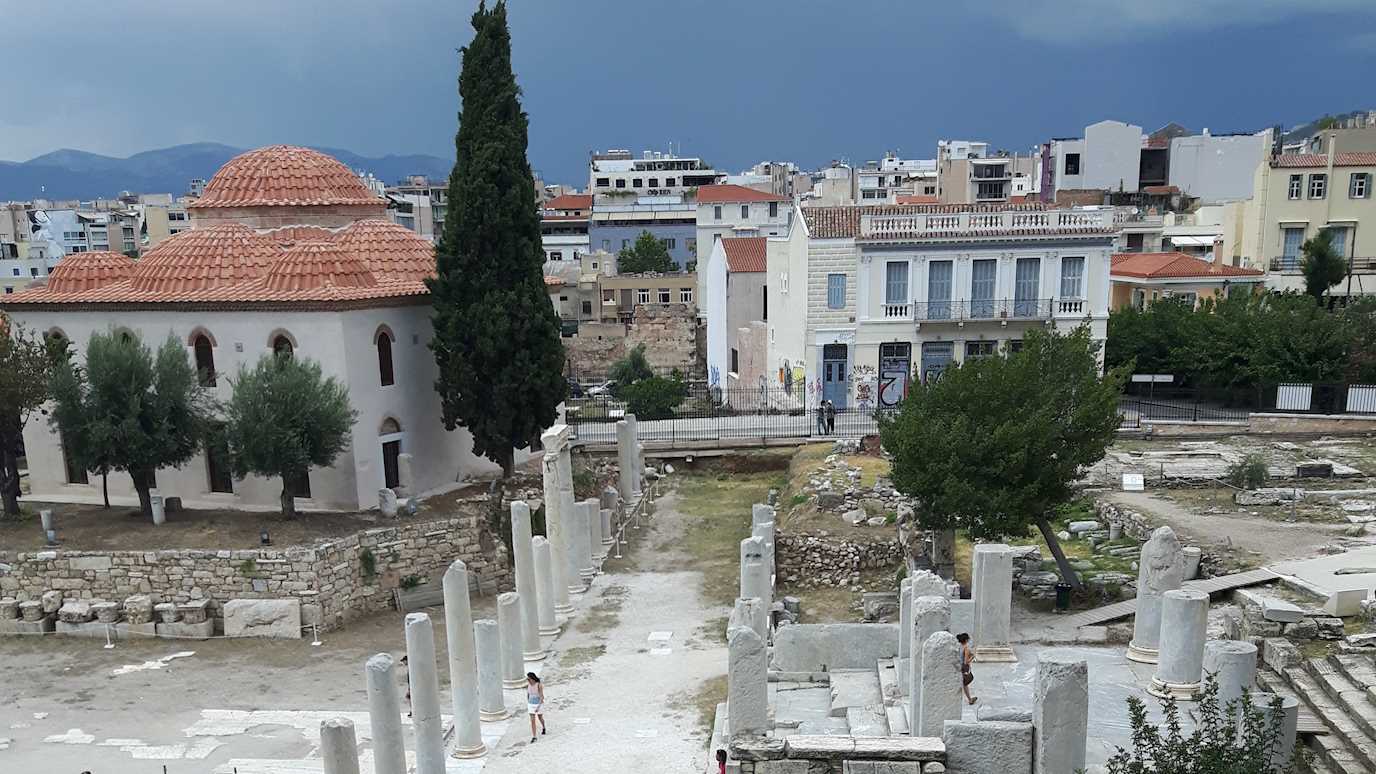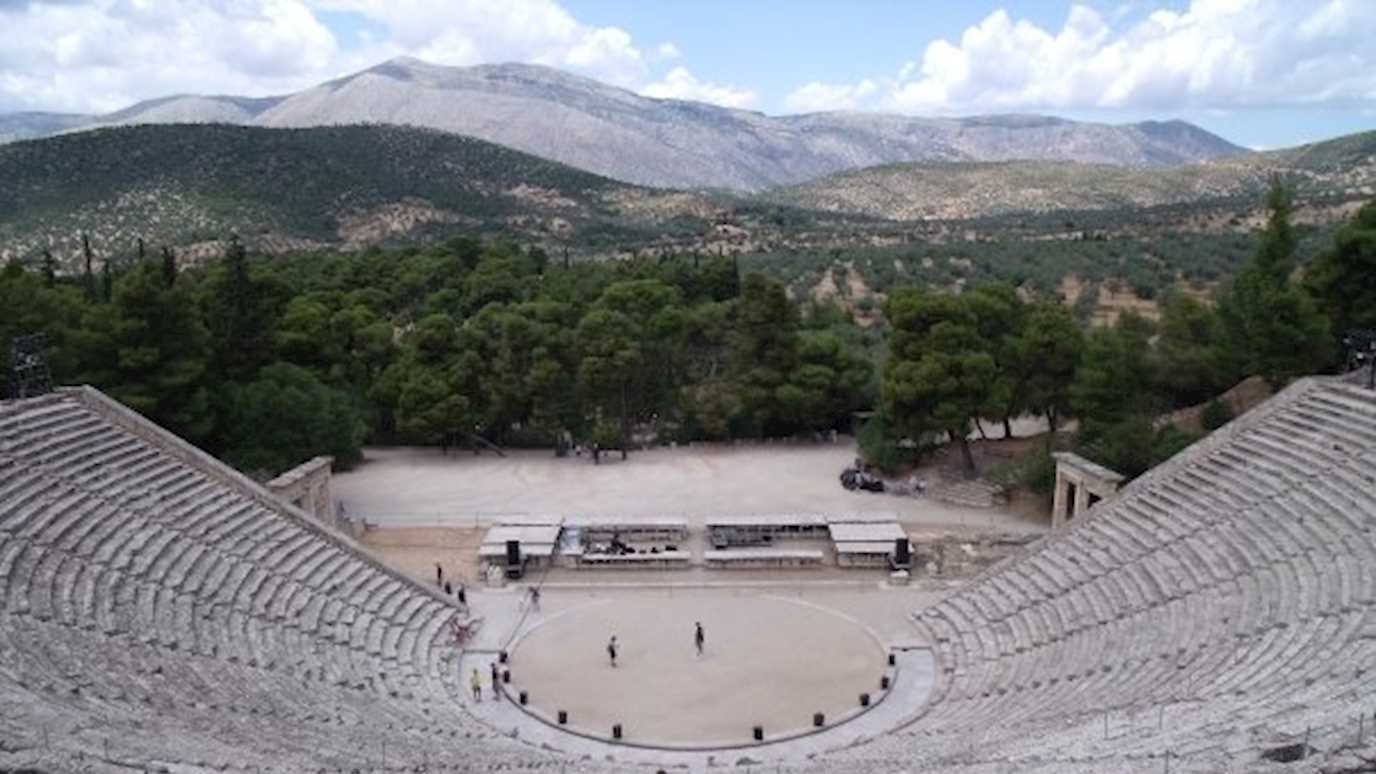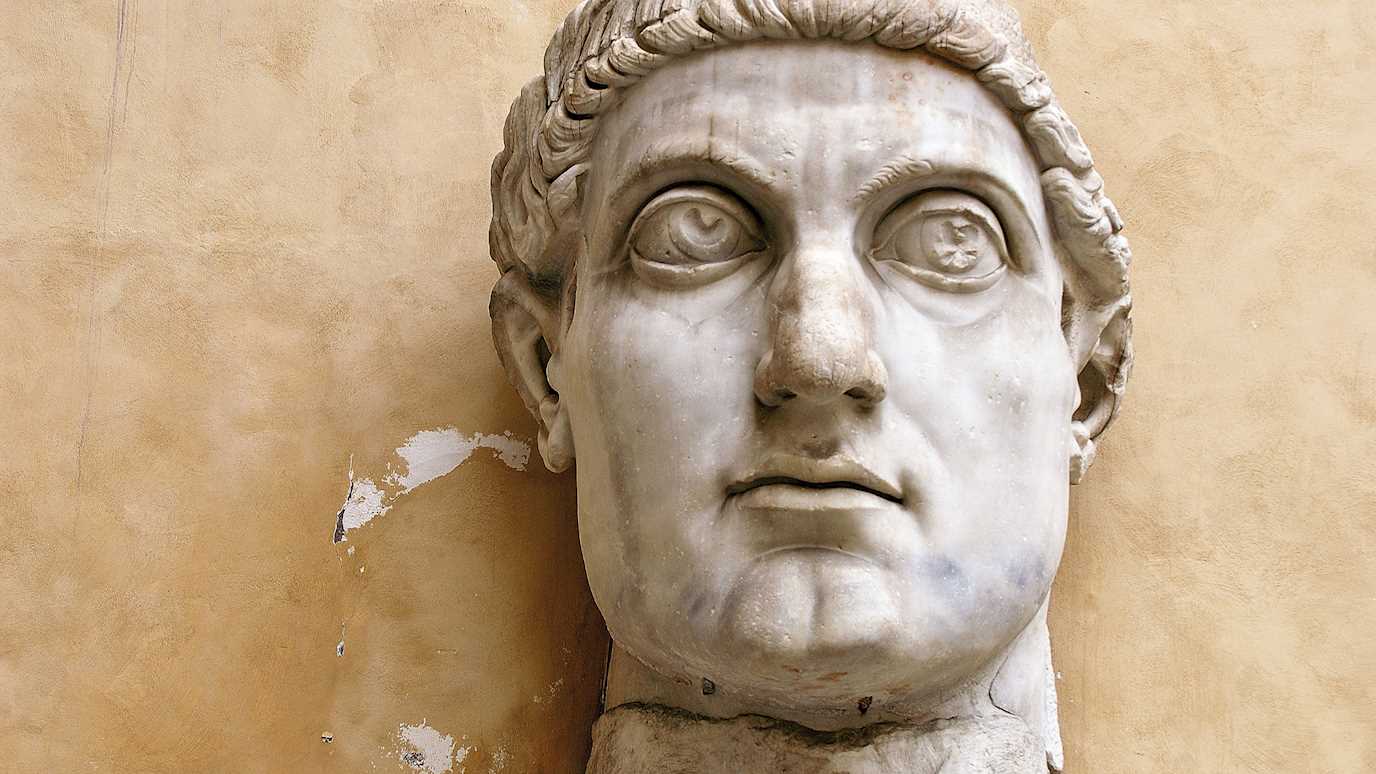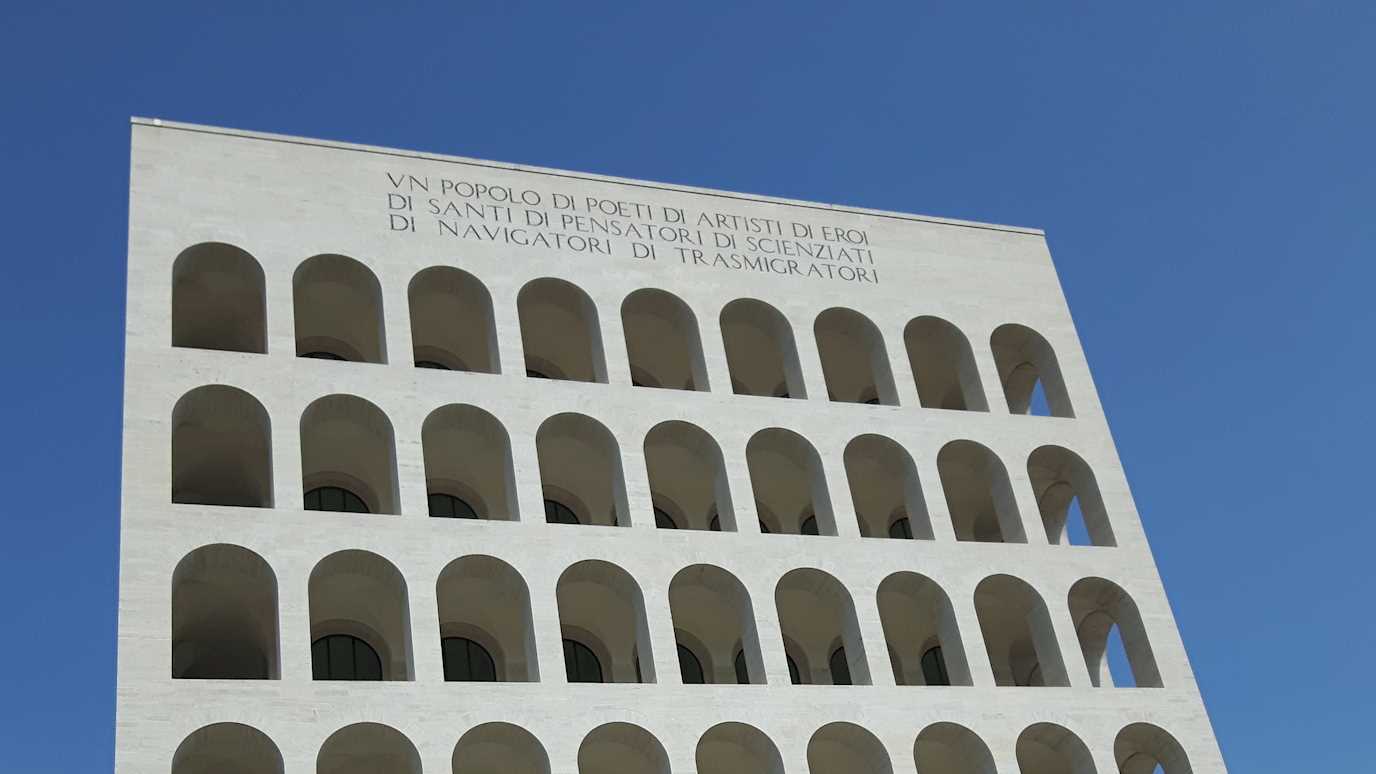The stories told by the Greeks and Romans resonate across cultures.
These stories allowed them and us to explore their place in the cosmos and investigate what it is and was to be human. There is truth in the fantastic but not all these stories were not true. The Classical fantastic stretched the imagination and allowed an encounter with the world at large and what lies beyond.
The stories the ancients told explored their human condition. For us those stories resonate and have resonated through the ages. They tell us something of our lives and other lives. They connect even as they explore the strangeness of the Classical world and its imaginations. Each retelling reshaped and recalled previous stories. In some instances stories connected with a past and a tradition and those earlier story-tellers who told and retold the stories.
In the myths, the stories found a parallel world, recognisable, but at a distance. In the mythic world strange and extreme things could happen. Such events and people might be violent, monstrously so. We can see the heroic, and question the heroic. They show us a nature that can be filled with love but also with horror. We encounter the central figures on the epic stage and the quiet or even silenced voices off stage. In such extremes, we encounter our essence and by contrast see better the everyday. They offer insight into our identities, our relationships, our rules of being and society.
The fantastic takes us beyond the world and gives us the means to understand ourselves, in and out of the world.
The Monstrous
In the monstrous, we find that which is beyond society and it conventions. In the world of the monster, the everyday is transformed offering a landscape for heroes. But the virtues of heroes are not unquestioned and landscapes are not just there to be conquered.
Monster studies is a new theoretical approach which began to gain significant critical ground in the 1990s. It takes a broad cultural perspective to ask what precisely constitutes the monstrous, and how societies use the idea of monsters. We might understand monsters as guardians of borders, who tell us what is and is not taboo, or as ways of demonising the Other, people who are not 'like us'. Equally, monsters often communicate hidden, unacceptable desires, which society can only permit itself to enjoy if they are utterly defeated and destroyed at the conclusion of their narrative.
Classics has, of course, a wide range of monsters at its disposal in ancient myth, although one might argue whether the monsters are the fantastical creatures or the heroes who kill them. Thinking about monsters helps us understand ancient works which handle geography and the unbelievable creatures which live in different parts of the world, in particular in Herodotus and the encyclopedia of Pliny the Elder. Monsters also loom large in classical reception, where they have taken root in a wide range of films, books and computer games.
Liz Gloyn has explored the use of the classical monster in popular culture in her book Tracking Classical Monsters in Popular Culture, the first systematic application of a monster studies framework to classical reception. The book builds on her earlier work on the two Clash of the Titans films. In our teaching, classical monsters are a popular choice for undergraduate and MA dissertations. Monster studies is one perspective explored in Contemporary Approaches to Latin Literature, and mythical material including classical monsters often appears in our language courses.
The Mythic
Greek and Latin myth is in the heart of our Departmental research. Nick Lowe works with narratological and cognitive interpretations of Greek myth (mainly Homeric epics and Greek tragedy). Most recently our Senecan expert, Liz Gloyn, has started work on family and the Senecan tragedies. Efi Spentzou’s approaches to myth focus on issues of alienation and belonging, marginalised voices, liminal spaces and feminist geographies, and the figure of the girl mainly in Latin epic and Latin love elegy. We are particularly proud of our Classical Reception work exploring the rich afterlife of Classical myth in, for example, popular culture (Gloyn) and science fiction (Lowe). Spentzou explores myth in dialogue with modern critical thought, mainly gender and space theory and has a current project on Eurydice as the girl/woman in transition and transit in 21st-century European literature.
The Sublime
In the sublime, literature somehow transcends the everyday. The spectacle reminds us of our humanity even as we are diminished before it.
The sublime is a paradoxical sensation; a blend of pain and delight experienced when one is confronted with an experience that transcends the limits of our comprehension. On the cusp of being utterly overwhelmed, the mind finds itself exalted since in acknowledging its limits we are also able to recognise the existence of what lies beyond. Theorised in antiquity by ps.-Longinus as an effect of rhetoric, later formulations of the sublime by philosophers such as Edmund Burke and Immanuel Kant as well as later theorists and critics, owe much not only to ps.-Longinus but to ancient authors such as Lucretius. The sublime is a key concept in modern thought and recent scholarship has begun to reveal and explore its important presence in the ancient imagination.
Siobhan Chomse is finishing up a monograph (a revised version of her doctoral thesis) that examines the ways in which Roman authors Virgil, Lucan and Tacitus use the sublime to express the tensions and instabilities they perceive in imperial society and explores the part irony plays in modifying the sublime to give voice to these tensions. She has published chapters that look at the way the sublime can function to depict architecture that is at once monumental and ruinous, from the marble monuments of the Augustan building programme to the Colosseum, built on the site of Nero’s Golden Palace.
Her next project examines perceptions and representations of the emperor as a sublime being, exploring power of the ambivalent sublime to express both reverence and dissent. Planned future research will investigate the slippery relationship between the sublime and the ridiculous.
The Comic
The comic holds up a mirror to society, shifting its values and appearances, putting us out of ourselves so as to see ourselves. In the comic we are unified in our absurdity. What a strange idea that is.
























